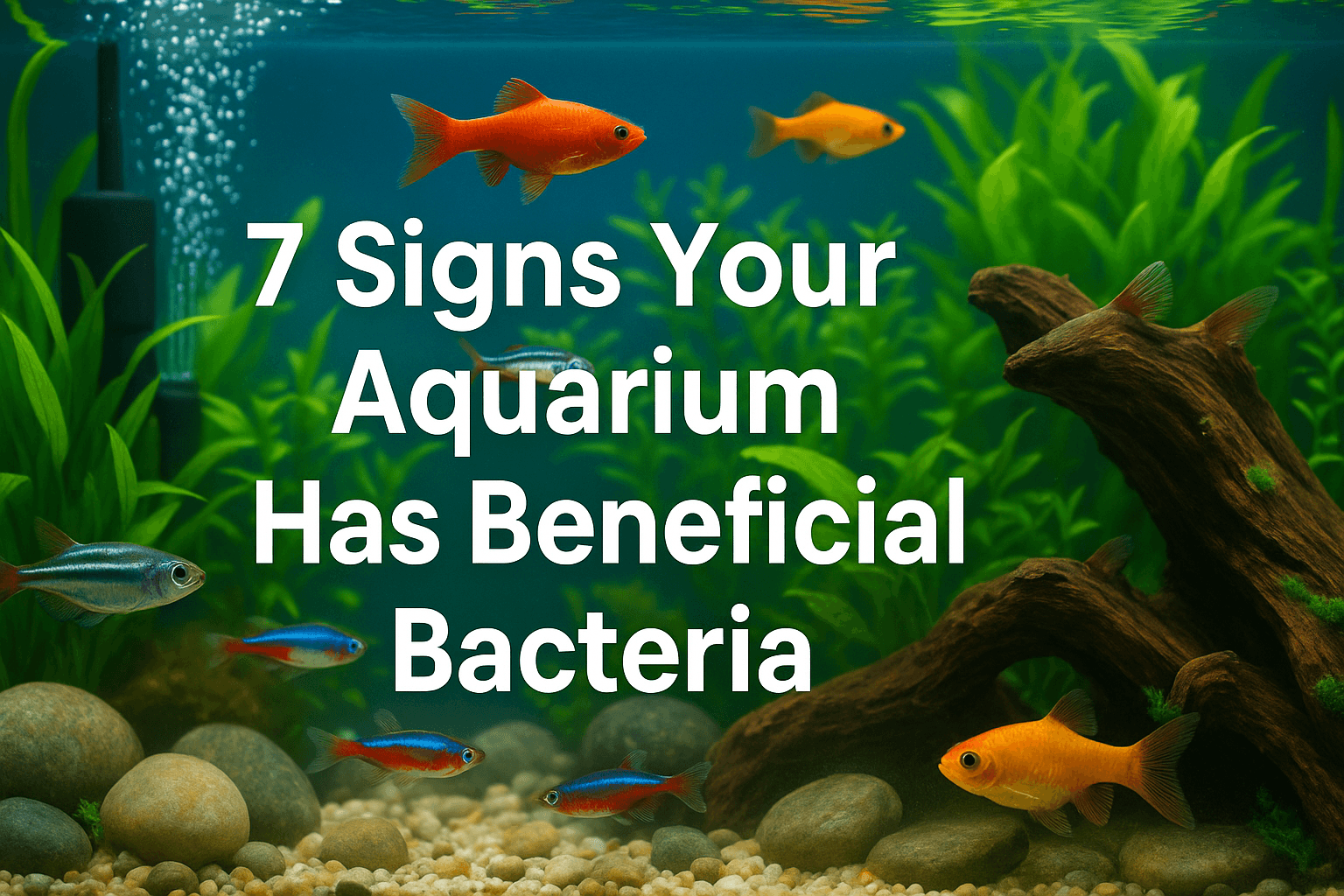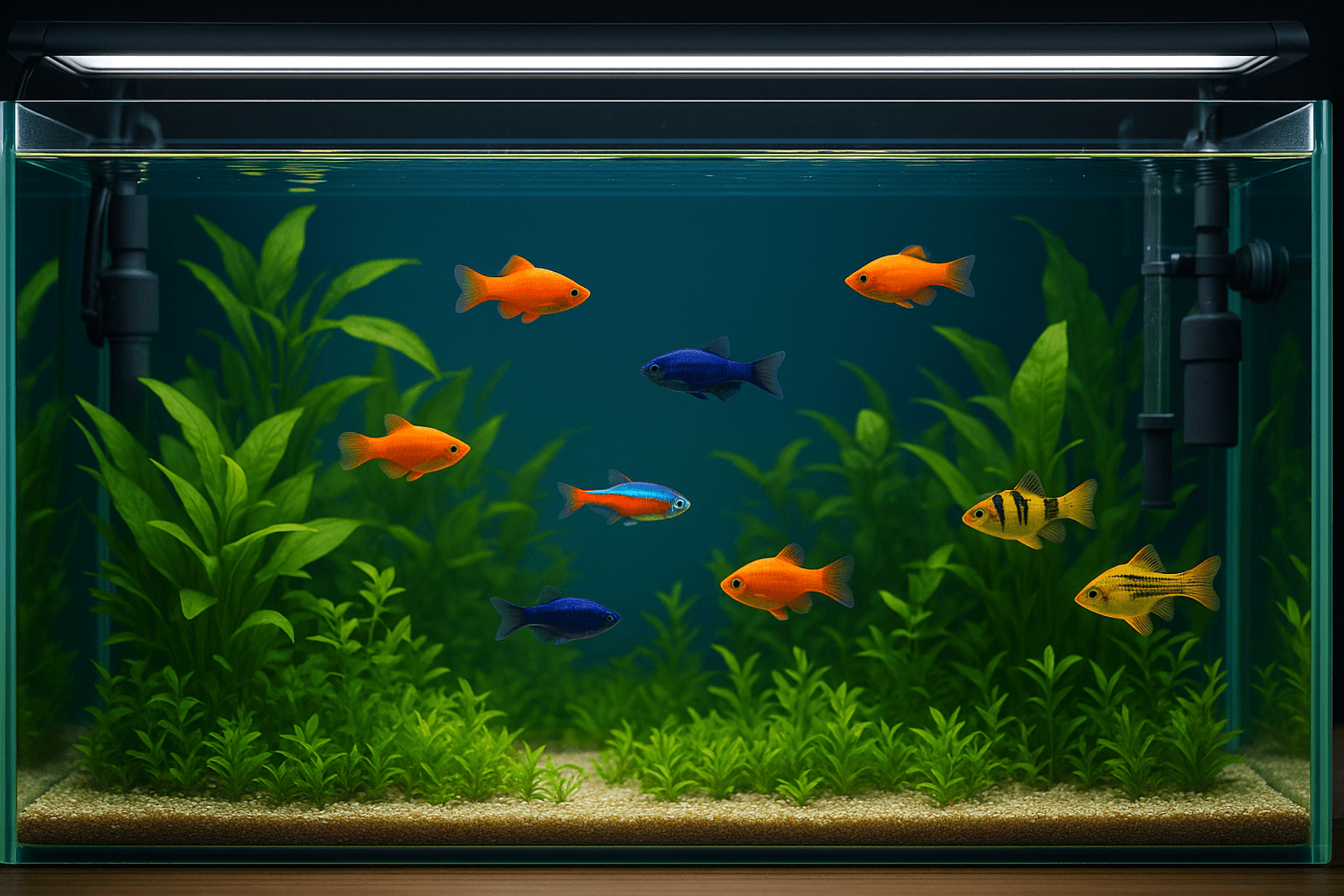
Are you dreaming of a lush, vibrant underwater garden but feel intimidated by complex CO₂ systems? You’re not alone! The good news is that you absolutely can maintain healthy aquarium plants without CO2 injection. In this comprehensive guide, I’ll walk you through everything you need to know to create a thriving planted tank with minimal equipment and maximum results. How to maintain thriving aquarium plants without CO₂ injection carbon.
Whether you’re a beginner looking to add your first live plants or an experienced aquarist wanting to simplify your setup, these proven strategies will help you cultivate beautiful aquatic plants without the hassle and expense of CO₂ systems.
Why Plants Need Carbon (And How They Can Get aquarium plants without CO2)
First, let’s understand the basics. Nearly 45% of an aquatic plant’s dry mass is carbon, making it one of the most crucial elements for plant growth. Plants use carbon during photosynthesis to create food and energy for themselves.
In nature, plants absorb CO2 from the water, but in aquariums, carbon can become limited, especially in densely planted tanks. However, this doesn’t mean all hope is lost! Your plants can still access carbon through:
- Natural CO2 produced by fish respiration and bacterial decomposition
- Liquid carbon supplements that provide an alternative carbon source
- Surface gas exchange that allows atmospheric CO2 to dissolve into your tank water
Choosing the Right Plants: Low-Tech Superstars
The key to success is selecting the right plants. Certain species have adapted to thrive in lower carbon environments, making them perfect for CO2-free setups. Here are the top performers:
Easy Epiphytes (Attach to Hardscape)
- Anubias varieties – Slow-growing, hardy plants with beautiful dark green leaves
- Java Fern – Versatile plant with attractive feather-like leaves that doesn’t need substrate
- Java Moss – Nearly indestructible and can grow in almost any conditions
Reliable Stem Plants
- Rotala Indica – Fast-growing with potential for beautiful pink coloration under good light
- Hygrophila Polysperma – Versatile and hardy, grows tall and bushy
- Water Wisteria – Beautiful plant with bright green, lacy leaves
Fantastic Foreground Plants
- Dwarf Sagittaria – Forms a nice carpet when planted in groups
- Cryptocoryne varieties – Come in various shapes and sizes, perfect for mid to foreground
- Vallisneria – Creates a lush, underwater jungle effect with long, swaying leaves
Optimizing Light: The Low-Energy Approach
Lighting is where many planted tank beginners go wrong. More light isn’t always better, especially without CO2. In fact, high light without adequate carbon often leads to algae problems.
For a non-CO2 tank, embrace the “low energy” approach:
- Use standard stock lighting that comes with most aquarium kits
- Keep lights on for a fixed 8 hours per day using a timer
- Position your tank away from direct sunlight to prevent algae blooms
Remember: Lower light = slower plant growth = less demand for carbon and nutrients = fewer algae issues!
Read More: 15 Expert Aquarium Technician Tips for Home Aquariums
Water Parameters: Creating the Perfect Environment
Most aquarium plants thrive in these conditions:
- pH between 6.5 and 7.8
- Temperature between 74° and 80°F
- General hardness of 50-100 ppm
- Alkalinity between 3° and 8° dKH
To maintain these parameters:
- Perform 10% weekly water changes or 25% bi-weekly changes
- Use reverse osmosis or deionized water if your tap water is unsuitable
- Ensure proper circulation to distribute nutrients and prevent algae growth
Fertilization: Feeding Your Plants
Even without CO2, plants still need nutrients to thrive. Here’s how to provide balanced nutrition:
- Use a comprehensive liquid fertilizer designed for low-tech planted tanks
- Consider root tabs for heavy root feeders like Amazon Sword plants
- Dose conservatively at first, gradually increasing as plants show signs of growth
- Watch for signs of deficiency (yellowing leaves, stunted growth) or excess (algae growth)
Liquid Carbon: A Helpful Alternative
Liquid carbon products like Aquatrition’s Liquid Carbon provide an effective alternative to CO2 injection. These products:
- Contain beneficial carbon compounds essential for plant growth
- Help prevent algae growth
- Are easy to dose (typically 2ml per 60 liters daily)
- Work especially well in tanks with less than 0.5 watts per liter of lighting
For best results, dose liquid carbon just before turning on your lights each day to maximize photosynthesis.
Read More: Solutions When Your Fish Are Gasping at the Water’s Surface
Maintenance Tips for Long-Term Success
Maintaining a healthy non-CO2 planted tank requires consistent care:
- Remove decaying plant matter promptly to prevent ammonia spikes
- Trim plants regularly to encourage bushy growth and prevent shading
- Clean filter media in old tank water to preserve beneficial bacteria
- Test water parameters weekly to catch issues early
- Observe plant growth patterns and adjust fertilization accordingly
Common Problems and Solutions
| Problem | Likely Cause | Solution |
|---|---|---|
| Yellow leaves | Nutrient deficiency | Increase fertilization |
| Slow growth | Insufficient light or nutrients | Adjust lighting period or fertilization |
| Algae outbreak | Too much light or nutrients | Reduce light duration or intensity |
| Melting plants | Adaptation to new conditions | Be patient; healthy regrowth usually follows |
Conclusion: Getting Started with Your Low-Tech Planted Tank
Creating a beautiful planted aquarium without CO2 is absolutely achievable. Start with:
- Selecting appropriate plants from the list above
- Setting up moderate lighting on a timer
- Adding a quality liquid fertilizer and optional liquid carbon supplement
- Being patient – non-CO2 tanks grow more slowly but are often more stable
Remember that a healthy planted tank develops over time. Choose the right plants in the first place which are strong, healthy, and free of algae, fertilize regularly, and don’t use too much light, and you can have a beautiful planted tank without CO2.
Your non-CO2 planted aquarium journey starts now! Which of these plants will you try first?


